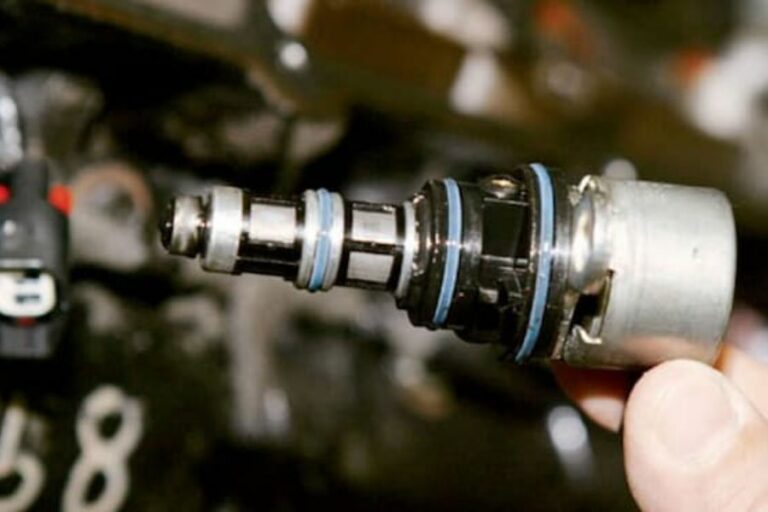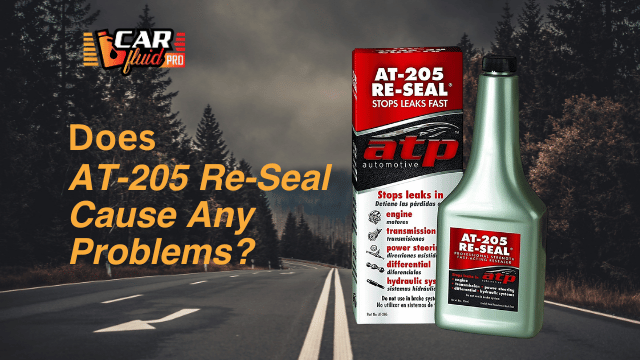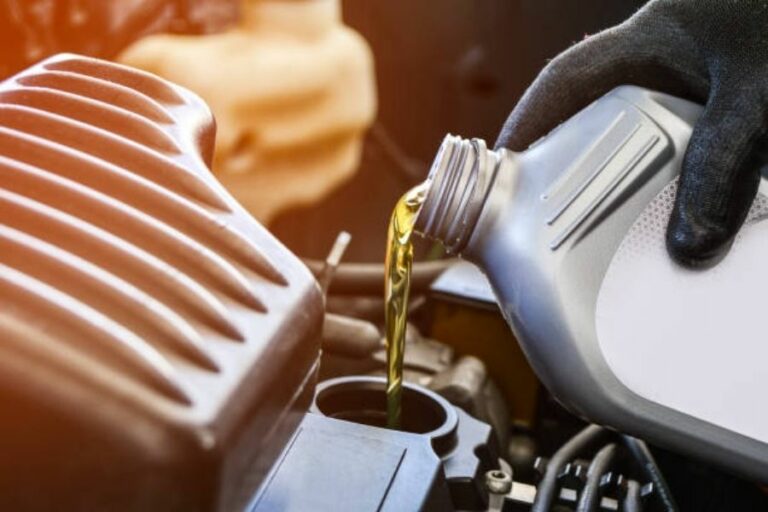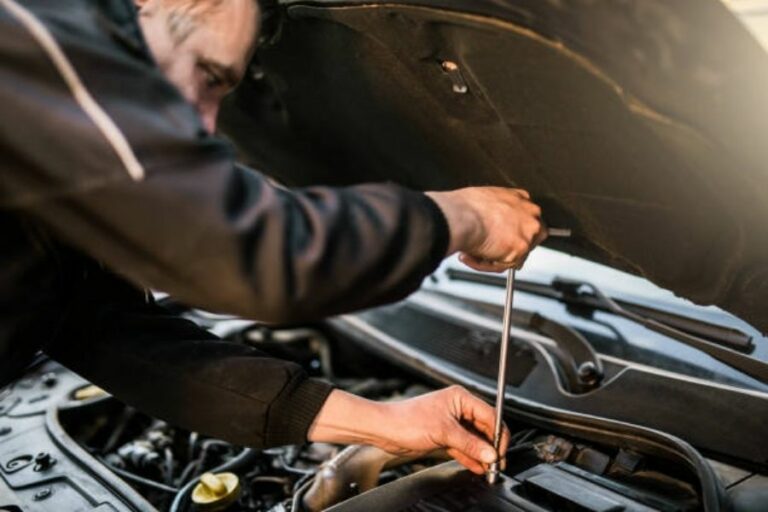Why Oil is Leaking from the Distributor and How to Fix It?
Oil leaks are one of the most common problems car owners face. One particular area that can be problematic is the distributor. An oil leak from the distributor can cause a range of issues, from poor engine performance to outright failure.
In this article, we will explore the causes of oil leaking from distributor, ways to fix the issue, and tips on how to prevent from distributor leaking oil.
What is a Distributor and Why Does it Leak Oil?
The distributor is a critical component of your engine’s ignition system. It distributes high-voltage electrical current to the spark plugs at the correct time, ensuring proper combustion and engine performance.
However, the distributor leak oil due to its location and design. You’ll usually find the distributor near the back of the engine, close to the firewall.
It’s powered by a gear on the camshaft and has a shaft that goes into the engine block. This shaft spins quickly and is kept lubricated by engine oil that flows through a small passage in the block.
Over time, the shaft seal at the base of the distributor can wear out or become damaged, causing oil to leak out of the engine.
This can be exacerbated by high engine temperatures, which can accelerate the seal’s degradation. And the reasons this can happen include:
- Worn Out O-Ring
- Damaged Distributor Shaft Seal
- Cracked Distributor Cap
- Overfilled Engine Oil
Read Also: Switched To Synthetic Oil Now Leaking (Solution)
Why You Should Never Ignore Oil Leaking From Distributor?
If your car has an oil leak from the distributor, it should be taken seriously and should not be ignored.
When left untreated, it can cause serious damage to the engine and other parts of your car, leading to costly repairs.
Oil leaks from the distributor can lead to a decrease in engine performance, as the engine’s ability to burn fuel properly is impacted by the lack of oil being dispersed to the engine’s parts.
Additionally, it can cause sludge to build up in the engine, which can cause further erosion of parts and damage.
It can also lead to a decrease in fuel efficiency, as oil is essential for keeping the engine’s moving parts lubricated.
Without enough oil to do this, the engine has to work harder and consume more gasoline in order to run.
How to Fix Oil Leaks from the Distributor?
The good news is, fixing an oil leak from the distributor is relatively straightforward. Often, the leak can be identified quickly, and there are a few different solutions to repair it, including:
Replace the O-Ring
The most common approach is to replace the distributor’s O-ring, which is the rubber seal made to fit the distributor shaft.
Replacing the O-ring should stop the leak and prevent it from recurring. Here’s how you do it.
- Make sure the O-rings you purchase are compatible with your car’s distributor.
- Remove the engine cover and air filter housing to gain access to the distributor.
- Mark the location of each component of the distributor to ensure consistency during reinstallation. This includes the spark plug wires, distributor cap, and distributor on the engine.
- Remove the spark plug wires from the distributor cap.
- Remove the distributor by carefully pulling it from its housing after removing the bolts that hold it in place. Note the position of the distributor drive gear.
- Use a hooked O-ring removal tool to remove the old O-ring and install the new O-ring in the same slot.
- Reinstall the distributor by resetting the distributor gear, aligning the distributor with the marks on the distributor and engine, and gently massaging the distributor until the gear connects to the cam housing.
- Verify the distributor alignment on the marks on the engine to avoid damage when restarting the engine.
- Reinstall the engine cover and air filter housing.
Read Also: Why Is My Car Losing Oil But No Leak or Smoke? (Solved)
Replace the Distributor Shaft Seal
In some cases, the O-ring may not be the source of the leak. If this is the case, you may need to inspect the shaft seal and replace it if need be.
This involves removing the distributor and replacing the seal, before putting it back into the engine. Here’s how to do it:
- Disconnect the battery to prevent any electrical damage.
- Remove the distributor cap and rotor.
- Using a screwdriver, remove the retaining clip or screws that hold the distributor shaft seal in place.
- Remove the old seal and clean the area thoroughly.
- Install the new seal, making sure it’s intended for your exact model. Seat it properly.
- Reinstall the retaining clip or screws, the rotor, and the distributor cap.
- Reconnect the battery.
Replace the Distributor Cap
The distributor cap is the plastic cover that sits on top of the distributor and protects the terminals and internal components from moisture and dirt.
A cracked or damaged distributor cap can allow moisture to get into the distributor and lead to an oil leak. Replacing the distributor cap is an easy fix. Here’s how to proceed.
- Locate the distributor cap on the top of the engine block and remove the screws or clips holding it in place.
- Carefully lift the old distributor cap off the distributor and set it aside.
- Check the new distributor cap to make sure it’s the correct size and has the same number of terminals as the old one.
- Place the new distributor cap on the distributor and secure it in place with the screws or clips you removed earlier.
- Reseat the spark plug wires onto the new distributor cap in the same order you removed them from the old one.
- Double-check that all the wires are securely attached to the distributor cap.
Check the Engine Oil Level
Often, an oil leak can be caused by the overfilled engine oil. This is because the oil pressure in the engine will become too high and force oil out of the distributor.
To check the oil level, make sure the car is parked on a level surface and turn off the engine. Open the hood and pull out the dipstick. Wipe any oil off the dipstick with a cloth or paper towel and re-insert it.
Pull out the dipstick again and check the oil level. If it is above the “full” line indicated on the dipstick, remove some oil until it is at the correct level.
Read Also: Car Leaking Fluid Front Passenger Side
Prevention Tips for Oil Leaks from the Distributor
Although most oil leaks from the distributor can be fixed relatively easily, the best approach is prevention. To avoid an oil leak from the distributor, follow these tips:
- Regular Maintenance: Regular oil changes and tune-ups can help prevent oil leaks from the distributor.
- Check Oil Level: Check the engine oil level regularly and make sure it is not overfilled to maintain the ideal oil level.
- Don’t Over-tighten Fittings: When tightening fittings, be careful not to over-tighten them as this can cause damage to the gasket and O-ring.
- Inspect Seals and Gaskets: Inspect the seals and gaskets regularly for signs of wear or damage. Replace them as needed.
- Change the Cap: Change the distributor cap every 25,000 miles or as recommended by the manufacturer’s service manual.
- Invest in Quality Parts: Using high-quality distributor seals, caps, and O-rings, can help prevent oil leaks from occurring in the first place.
- Avoid Overheating: Overheating can cause stress on gaskets and other components and lead to a leak. Check your cooling system’s operation frequently and maintain the coolant level to prevent overheating.
Read Also: Yellow Fluid Leaking from Car
Distributor Oil Leak Symptoms
The following are some of the most common symptoms of a distributor oil leak:
- Oil pooling around the base of the distributor:
- Loss of engine power:
- Rough engine idle:
- Increased oil consumption:
- Exhaust smoke:
Frequently Asked Questions
If you have further queries regarding an oil leak from the distributor, here are some common questions and answers to help you.
How do I know if I have an oil leak from the distributor?
The most common signs of an oil leak from the distributor are puddles of oil around the engine. Besides this, you can identify a leak from a burning oil smell, smoke from the engine, and low oil levels.
Can an oil leak from the distributor cause damage to the engine?
An oil leak from the distributor can cause serious engine damage if left unrepaired. Continuous oil leakage can lead to sludge buildup and low oil pressure. It can even lead to an engine failure when you drive in this condition.
How long does it take to repair an oil leak from the distributor?
The time to repair an oil leak from the distributor can vary from car to car. However, on average it takes around an hour to replace the O-rings or the shaft seal. Replacing the distributor cap should take about 15 minutes.
How much does it cost to repair an oil leak from the distributor?
The cost to repair an oil leak from the distributor will depend on the severity of the leak and the parts that need to be replaced. O-rings usually cost around $10, while a new distributor cap will cost up to $50.
Conclusion
As you can see, an oil leak from the distributor can have serious consequences if not addressed. Fortunately, most of the time, the leak can be fixed relatively easily by replacing the O-ring, shaft seal, or distributor cap.
In closing, when DIYing, always remember to disconnect the battery before doing any work on the distributor, so you don’t risk damaging any components.
Read Also: How to Stop Transmission Fluid from Leaking into Radiator

![5 Best Anti Drain Back Oil Filter [Review & Guide in 2023]](https://carfluidpro.com/wp-content/uploads/5-Best-Anti-Drain-Back-Oil-Filter-Review-Guide-in-2022-768x512.jpg)

![Is It Normal to Have Bubbles on Oil Dipstick? [Disclosed]](https://carfluidpro.com/wp-content/uploads/Bubbles-On-Oil-Dipstick_-How-To-Check-768x512.jpg)


